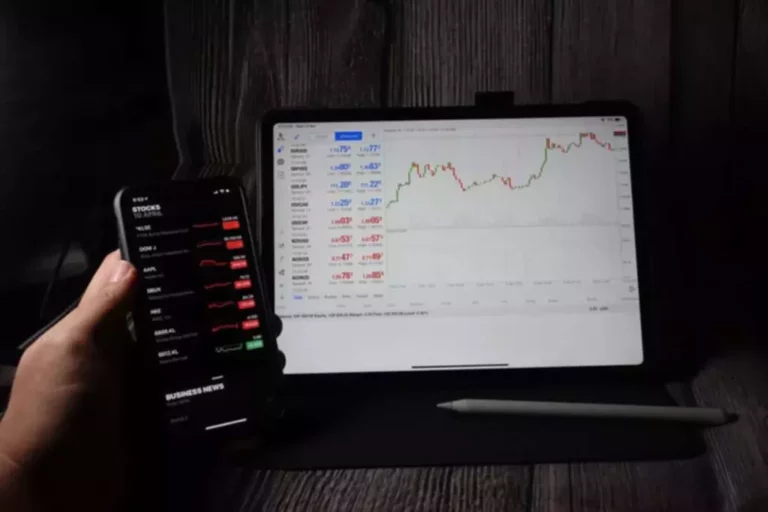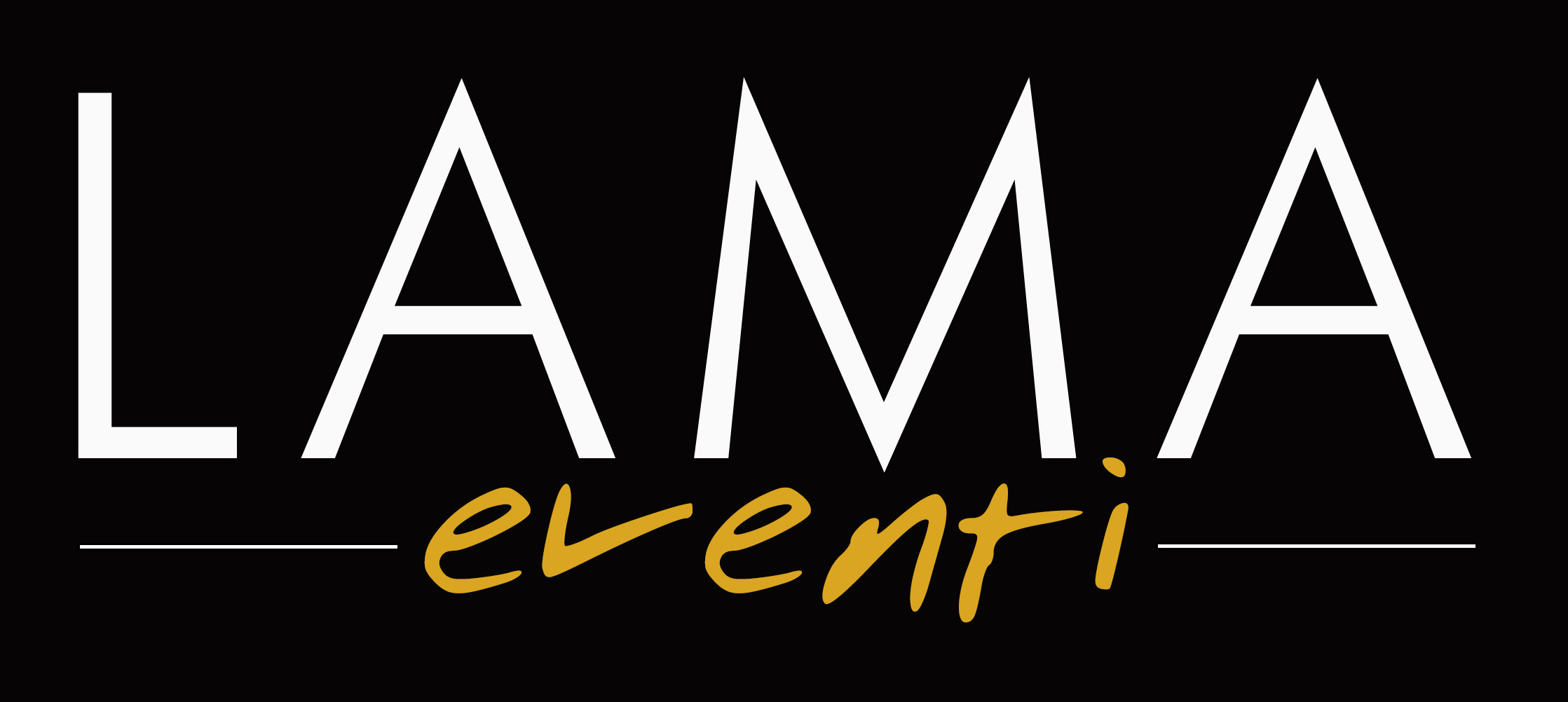Study after study (over decades) shows disappointing results for active managers. By investing in a covered call ETF, investors can avoid the manual process of buying shares, choosing a strike price, and selling options. Despite being normative, William Sharpe’s insight generally holds true, especially in regard to money managers operating in efficient, heavily trafficked markets like the S&P. In aggregate, after fees, active managers will be losing to passive market weighted investment funds.
This involves high risk since there is always the possibility that the investor’s/fund manager’s viewpoint will not materialize. You must be very good at picking up the right stocks at the right time. Also, this takes up considerable time to track the best investments and a high level of expertise and risk-taking attitude. Investors who favor preserving wealth over growth could benefit from active investing strategies, Stivers says. Only a small percentage of actively managed mutual funds do better than passive index funds.
The strong financial characteristics of these companies are driven by the fact that they have a durable, competitive barrier. While some passive investors like to pick funds themselves, many choose automated robo-advisors to build and manage their portfolios. These online advisors typically use low-cost ETFs to keep expenses down, and they make investing as easy as transferring money to your robo-advisor account.
- You can choose to buy and hold a certain percentage of index funds and a few actively traded stocks in your portfolio to benefit from both approaches.
- These, among other factors, might explain the results of several studies on active vs. passive management that seem to violate the basic laws of arithmetic.
- We believe everyone should be able to make financial decisions with confidence.
- In our experience, investors tend to care more about factors like risk, return and liquidity than they do fees, so we believe that a mixed approach may be beneficial for all investors—conservative and aggressive alike.
As always, think about your own financial situation, your life stage, and your ability to tolerate risk before you invest your money. Bankrate follows a strict
editorial policy, so you can trust that our content is honest and accurate. Our award-winning editors and reporters create honest and accurate content to help you make the right financial decisions.
People who actively manage investments are proactive and make money management decisions based on their analysis and findings before stocks rise or fall in the market. By buying or trading off stocks according to their careful decision-making and expertise, portfolio managers aim to beat Active vs passive investing the averages of the stock market and cash in on their strategic moves. Passive investing methods seek to avoid the fees and limited performance that may occur with frequent trading. Also known as a buy-and-hold strategy, passive investing means buying a security to own it long-term.

Unlike active funds, there is no constant buying and selling in a bid to outperform the market. Active investors are constantly researching the market (through fundamental and/or technical analysis), trying to offload underperforming shares and onload those with greater potential for higher returns. This is why mutual funds, hedge funds, and actively managed ETFs employ various investment analysts to research the market and portfolio managers to make those buy/sell decisions. If you’re a passive investor, you wouldn’t undergo the process of assessing the virtue of any specific investment.
The content created by our editorial staff is objective, factual, and not influenced by our advertisers. Bankrate follows a strict editorial policy, so you can trust that we’re putting your interests first. By clicking submit, you confirm that you have received and reviewed our Privacy Policy. KAR is only able to provide its wealth advisory services to people resident in the United States, including Puerto Rico and U.S. Asset allocation and diversification do not assure a profit or protect against loss in declining financial markets. Equity securities may fluctuate in response to news on companies, industries, market conditions and general economic environment.
If both returned 5% annually for 10 years, that lower-cost 0.08% fund would be worth about $16,165, whereas the 0.76% fund would be worth about $15,150, or about $1,015 less. And the difference would only compound over time, with the lower-cost fund worth about $3,187 more after 20 years. Founded in 1993, The Motley Fool is a financial services company dedicated to making the world smarter, happier, and richer. The Motley Fool reaches millions of people every month through our premium investing solutions, free guidance and market analysis on Fool.com, top-rated podcasts, and non-profit The Motley Fool Foundation.
When comparing active vs. passive investing, active investing may be more costly. Typically, wealth managers charge a fee to oversee and handle your investments based on the value of the assets you hold. If you choose to actively invest on your own, you’ll need to pay brokerage fees each time you shift your money around the market.
Many investment advisors believe the best strategy is a blend of active and passive styles, which can help minimize the wild swings in stock prices during volatile periods. Passive vs. active management doesn’t have to be an either/or choice for https://www.xcritical.in/ advisors. Combining the two can further diversify a portfolio and actually help manage overall risk. Clients who have large cash positions may want to actively look for opportunities to invest in ETFs just after the market has pulled back.

Any information provided prior to opening a Marcus Invest account is on the basis that it will not constitute investment advice and that GS&Co. Is not a fiduciary to any person by reason of providing such information. For more information about Marcus Invest offerings, visit our Full Disclosures. Equity mutual funds, debt mutual funds, hybrid funds, or fund of funds, are all actively managed funds.
This is a situation where active fund managers sell underperforming stocks at a loss in order to reduce the tax they will pay on other stocks they have sold at a profit. Just as your risk with passive investing is lower, so is the potential for rewards. In general, passive investing is seen as safe, but that can mean you are less likely to hit a home run with your investments unless the stock market performs significantly well as a whole. On that same note, if the overall market dips, so will the return on your investments as they typically mimic the market. To help you make the best investment decisions to meet your goals, it’s important to understand the advantages and disadvantages of different investment strategies. Both approaches have their high points and drawbacks, and many investing pros are divided on which method is best.
In an attempt to achieve its aim – that is, outperform the market – active management strategy often involves the frequent (to varying degrees) purchase and sale of securities (also known as high turnover). Well, a big part of it was due to the inability of active funds to outperform their market indices despite charging high fees. For example, in 2020 more than 57% of all active domestic (US) funds underperformed their indices, according to the S&P Indices Versus Active Scorecard (SPIVA).

Lascia un commento